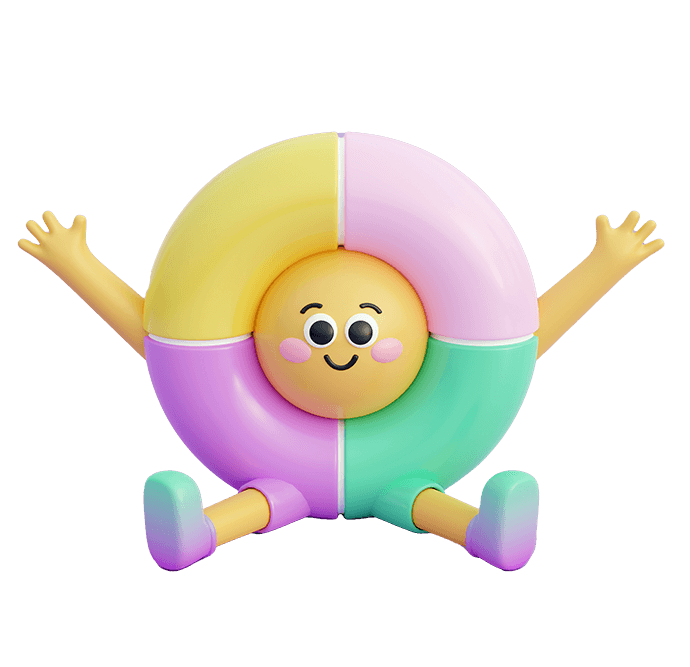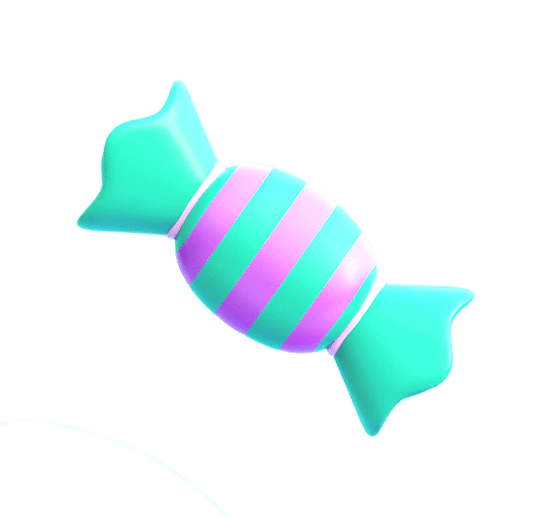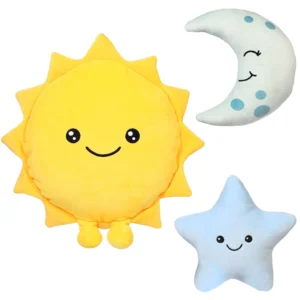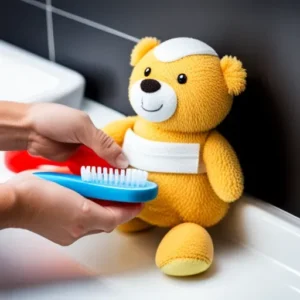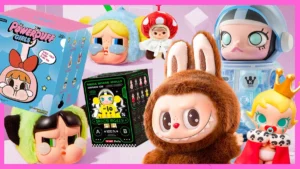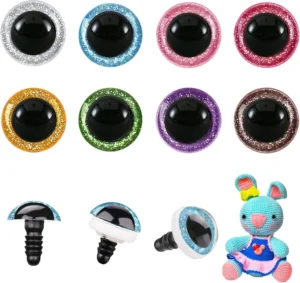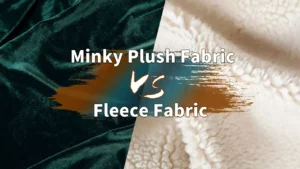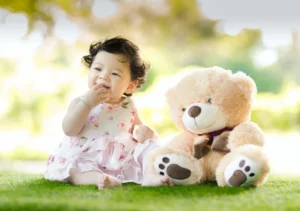Weighted stuffed animals offer soothing comfort and sensory benefits. Creating them requires special materials and careful construction for safety and softness.
Making weighted stuffed animals involves choosing safe fillers like glass beads or sand, designing internal compartments for balanced weight, and using stuffing methods that keep softness. Safety and durability are critical, especially for therapeutic use. Customization options enhance appeal and functionality.
Let’s explore the step-by-step guide to producing high-quality weighted stuffed animals.
1.What materials and weights are suitable for making weighted stuffed animals?
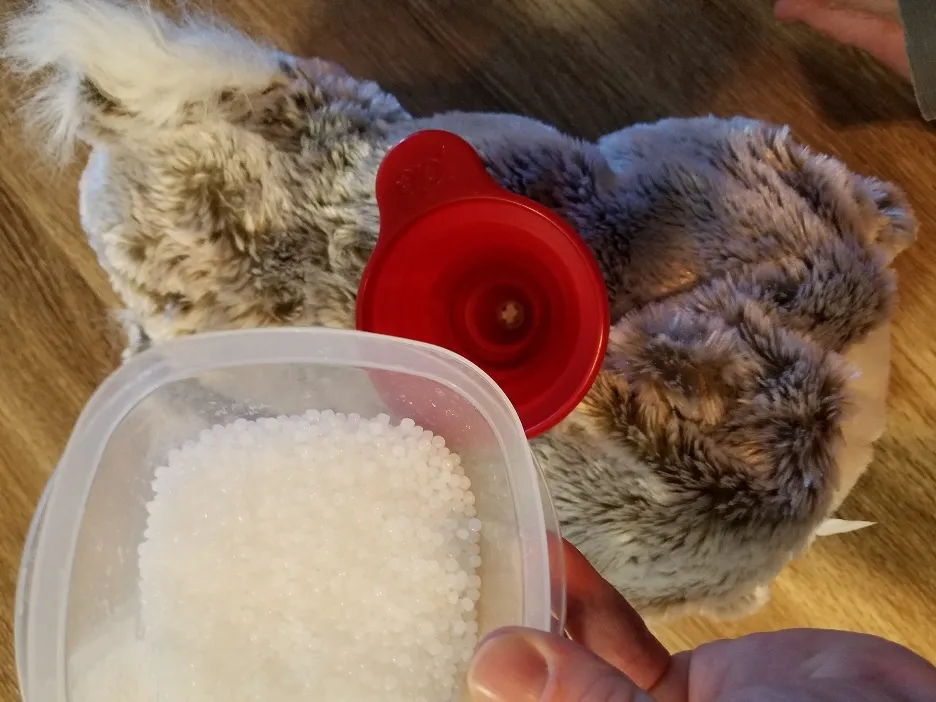
Choosing the right fillers and overall weight is essential for comfort and usability, balancing heaviness and softness.
Common fillers include non-toxic glass beads, plastic pellets, or sand. Ideal total weight ranges from 0.5 to 2 pounds, depending on toy size and user needs.
Dive deeper paragraph:
Weighted stuffed animals combine traditional plush stuffing with weighted fillers to provide gentle pressure. Selecting filler material requires ensuring it is safe, non-toxic, and durable.
- Glass beads are smooth, hypoallergenic, and have consistent weight, commonly used in premium toys.
- Plastic pellets are lightweight but provide good weight distribution and are cost-effective.
- Sand can be used but is heavier and less uniform, requiring secure compartments.
The toy’s total weight depends on size and purpose. For children’s comfort toys, 0.5 to 1 pound is common. For adults or therapeutic use, up to 2 pounds may be appropriate.
Balancing weight with softness is critical. Overweight toys become hard and less cuddly; underweight toys lose therapeutic effect.
| Material | Features | Typical Use |
|---|---|---|
| Glass beads | Smooth, safe, uniform | High-quality weighted toys |
| Plastic pellets | Lightweight, affordable | Cost-effective options |
| Sand | Heavy, irregular | Less common, needs secure compartments |
Selecting suitable materials and weight sets the foundation for effective weighted plush toys.
2.How do you design and construct the internal compartments for weight distribution?
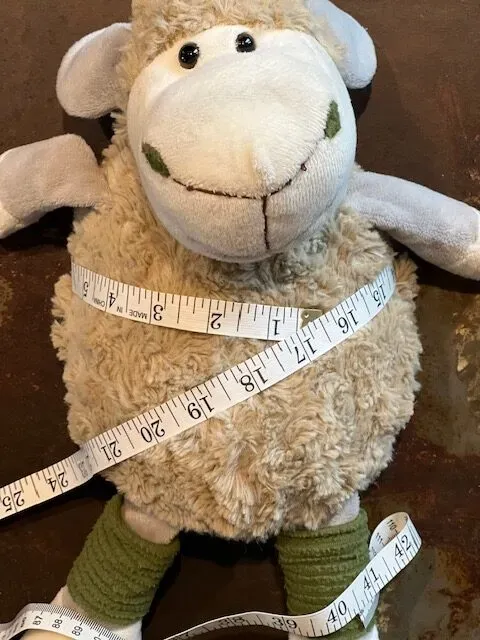
Proper compartmentalization keeps weights evenly distributed and prevents shifting during use.
Internal compartments made of durable fabric sections hold weighted fillers in place. Multiple small pockets ensure even weight distribution and maintain shape.
Dive deeper paragraph:
Designing internal compartments involves creating fabric pockets sewn inside the plush toy. These hold weighted fillers securely and distribute weight evenly.
Multiple small compartments are preferred over one large bag to avoid weight shifting that can cause discomfort or deform the toy.
Compartment fabric should be sturdy yet flexible, typically tightly woven polyester or nylon, to contain fillers safely.
Seams must be reinforced to withstand pressure and avoid leakage. Often, compartments are sewn separately then inserted before final stitching.
| Compartment Design | Purpose | Material & Construction |
|---|---|---|
| Multiple pockets | Even weight distribution | Durable, flexible fabric |
| Reinforced seams | Prevent leakage | Double stitching |
| Secure closures | Keep fillers contained | Sewn or zippered compartments |
Effective compartment design improves product safety, durability, and user comfort.
3.Which stuffing methods best accommodate added weights while maintaining softness?

Combining traditional stuffing with weighted fillers requires strategic layering and stuffing techniques.
Stuff weighted compartments first, then surround with soft fiberfill to keep plush softness while providing gentle pressure.
Dive deeper paragraph:
The stuffing process starts by filling internal compartments with weighted fillers. These compartments are then placed inside the toy’s body.
Surrounding the weighted compartments with soft polyester fiberfill creates a cushioned layer, maintaining overall plush softness and preventing hardness.
Even stuffing distribution is important to avoid lumps or hard spots. Stuffing tools help push fiberfill into corners and around compartments.
Avoid overstuffing, which can stress seams or reduce flexibility. The goal is a balance between weight and softness for comfort.
| Stuffing Stage | Description | Effect |
|---|---|---|
| Weighted compartment | Filled with beads or pellets | Provides pressure |
| Surrounding fiberfill | Cushions compartments | Maintains softness |
| Even distribution | Balanced filling | Avoids lumps or deformation |
This method produces weighted plush toys that are both soft and effective.
4.How do you ensure safety and durability in weighted plush toy manufacturing?
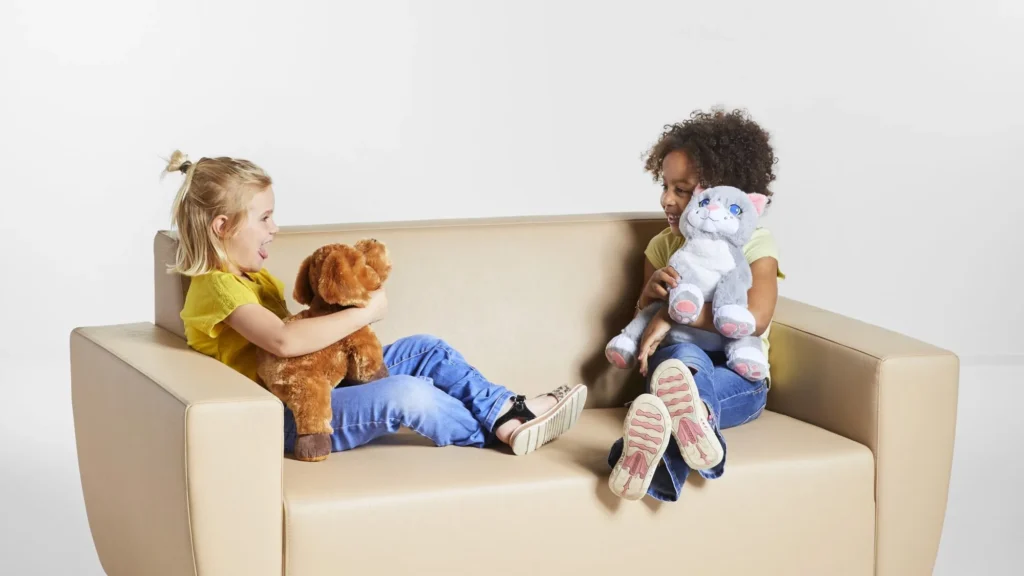
Safety protocols and quality materials prevent hazards, ensuring durable, reliable weighted toys.
Using non-toxic fillers, reinforced seams, and safety testing for choking hazards ensures weighted toys meet CE and ASTM standards.
Dive deeper paragraph:
Safety is paramount in weighted toy production. Fillers must be certified non-toxic and securely contained.
Reinforced stitching prevents leakage of beads or pellets, which could be choking hazards. Double or triple seam stitching is common.
Testing includes:
- Pull and tear resistance tests to ensure seam strength.
- Choking hazard assessments, especially for toys used by children under three.
- Material compliance verification (CE, ASTM standards).
Durability is enhanced by choosing high-quality fabrics resistant to wear and tear, and by stress-testing final products.
| Safety Measure | Purpose | Testing/Standard |
|---|---|---|
| Non-toxic fillers | Prevent poisoning | Material safety certificates |
| Reinforced seams | Avoid leakage | Seam strength testing |
| Choking hazard tests | Ensure child safety | ASTM F963, CE standards |
Strict safety controls build trust with customers and end-users.
5.What customization options are available for weighted stuffed animals?
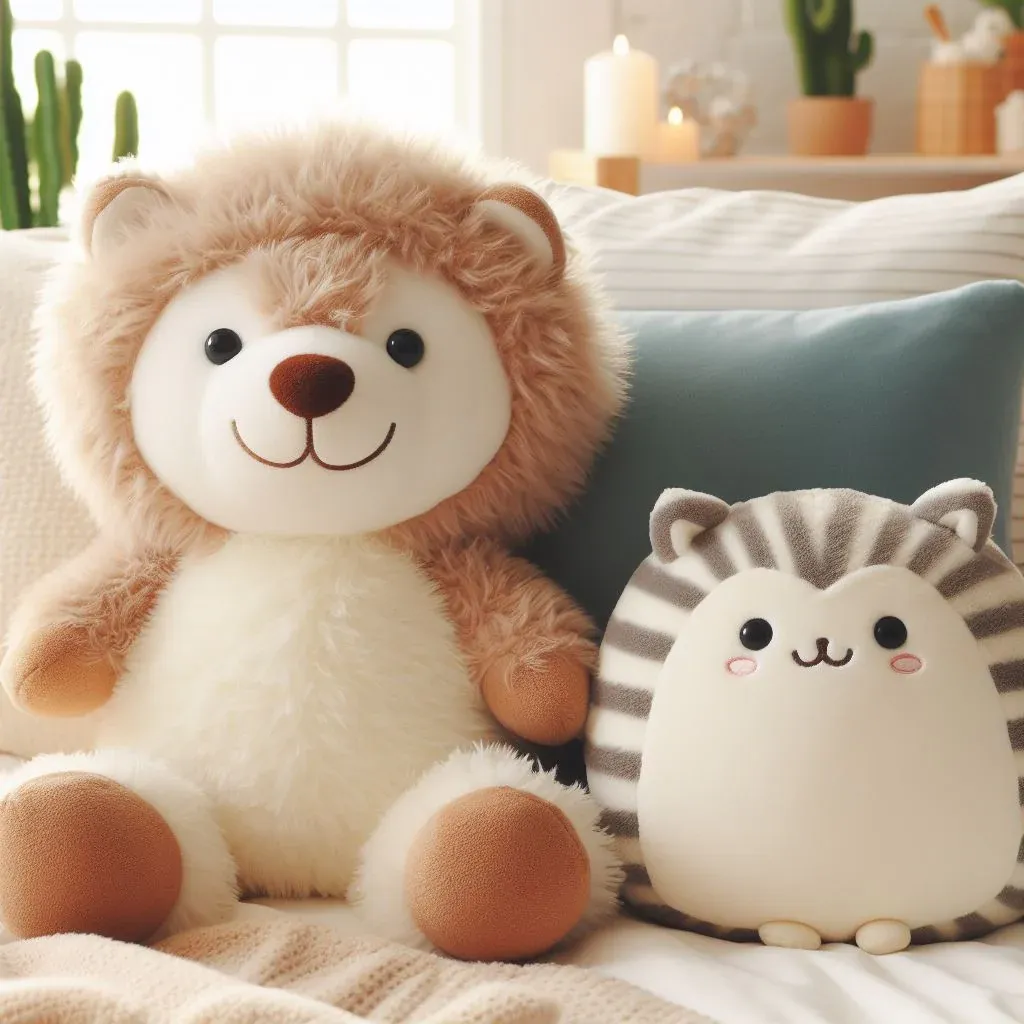
Customization includes sizes, shapes, weights, fabrics, colors, and added features to meet varied client needs.
Clients can request specific weights, embroidered logos, unique fabrics, or themed designs to enhance product appeal and brand identity.
Dive deeper paragraph:
Customization elevates weighted plush toys from generic comfort items to brand signature products.
Size and weight can be adjusted for target users—smaller and lighter for children, larger and heavier for adults.
Colors and fabric types may match brand palettes or seasonal trends. Embroidered logos or tags reinforce branding.
Additional features like removable covers, scented inserts, or weighted accessories add value and market differentiation.
Offering flexible customization addresses client pain points like product uniqueness and meeting specific therapeutic needs.
| Customization Aspect | Options | Client Benefit |
|---|---|---|
| Weight/Size | Various weights and sizes | Tailored comfort |
| Fabric/Color | Plush, cotton, colors | Brand alignment |
| Embroidery | Logos, names | Brand recognition |
| Extras | Scent, removable covers | Added appeal |
Customization strengthens client loyalty and market competitiveness.
6.How do weighted stuffed animals benefit users in therapeutic and comfort applications?
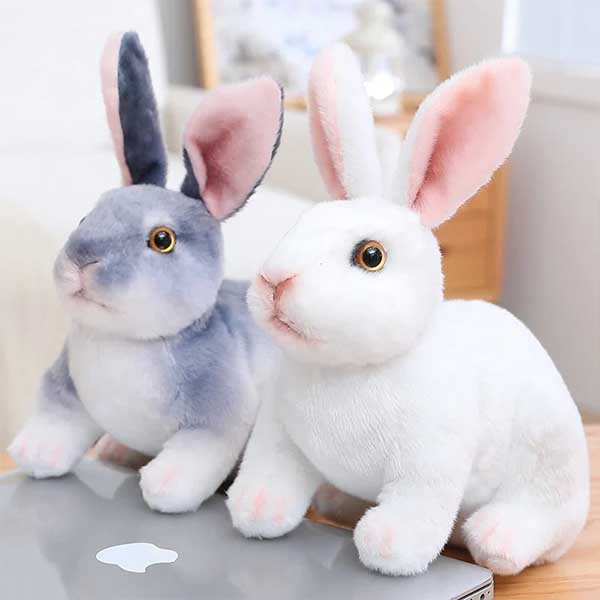
Weighted plush toys provide calming sensory input that reduces anxiety and promotes relaxation.
Gentle pressure from weighted toys helps users feel secure, improving sleep, reducing stress, and supporting therapy for sensory disorders.
Dive deeper paragraph:
Weighted stuffed animals mimic deep pressure stimulation, a calming sensory experience similar to a hug.
This pressure can reduce cortisol levels and increase serotonin, promoting relaxation and emotional balance.
Weighted toys are used in therapies for autism, ADHD, anxiety, and insomnia. They provide sensory input without restricting movement.
Their soft, cuddly nature encourages engagement and comfort, making them effective therapeutic tools.
| Therapeutic Benefit | How Weighted Toys Help | User Groups |
|---|---|---|
| Anxiety reduction | Calming deep pressure | Children, adults with anxiety |
| Sensory regulation | Sensory input management | Autism, ADHD |
| Sleep improvement | Promotes relaxation | Insomnia sufferers |
Understanding these benefits helps manufacturers design toys that truly serve end users’ needs.
Conclusion
Weighted stuffed animals blend comfort, safety, and therapeutic value through expert design and quality production.
For trusted weighted plush manufacturing, contact Amanda at [[email protected]] or visit [https://plushtoyinchina.com].

